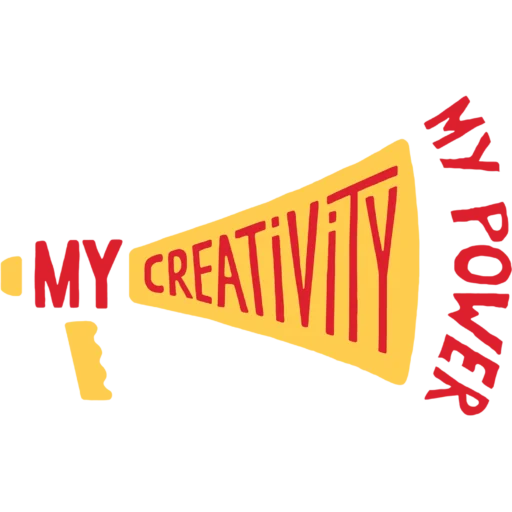Monster demands
Description
This methodology combines several techniques from the Theatre of the Oppressed as well as from street theater, combining team building and group dynamics with improvisation and image theater and even choreographed movement.
Target group
Younger participants or adults
Number of participants
Min number of participants: 7
Max number of participants: 20
Number of facilitators: 1 - 2
Environment
Big open space or bigger room.
Materials
Comfortable clothes
Objective/aim
The objective is to get participants to work as a group, as this way they can feel stronger and safer to express themselves. It also teaches them to be ready to take up the roles of both leader or supporter when the group needs it. Through improvisation it softly introduces the topic of political demands and thus gets the participants to start posing and expressing them.
Step by step instructions
Step 1: Group Monster
Participants form a cluster – standing quite close together in a group. One person is in the front. The person in the front starts to move and make gestures, for example, waving their hands. The rest of the group imitates this movement. The group thus starts moving through space. During the movement anyone from the group can come to the front and take over the leadership – begin a new kind of movement. The rest of the group always follows the current leader.
Step 2: Voice
The movement and gestures continue, but we add voice. The leading person starts making voices, this can be either words and speech or just some sounds. The rest of the group again imitates the current leader. The leader keeps changing as before.
Step 3: I want!
Participants are instructed that from now on the leader should clearly and articulately express a demand by saying: “I want (demand)” – All the group repeats: “Yes, we want (demand)”. For example: Leader: “I want to sleep!” Group: “Yes, we want to sleep!” Then the leader starts performing what they demand, the group continues to imitate the leader. When someone, anyone, from the group feels that they have had enough of this activity, they can take up the position of leader by calling out another demand and the group takes up the new activity as before. In this part the group cohesion can start dispersing, it does not have to exactly mimic the leader any more. For example: one person can lie down and sleep on the floor, while another one can sleep standing up.
Step 4: Political demands
The participants are instructed to continue the previous activity, only from here on the demands expressed are to be political. For example: Leader: “I want climate justice!” Group: “Yes, we want climate justice!” Even if the demands expressed become more abstract, the participants are encouraged to use their imagination in order to express this (for example: climate justice) by using their body, movement and voice.
Step 5: Frozen images
The previous activity continues. Participants are instructed to listen for the facilitator to clap while they are doing their activity. When they hear the clap, they should freeze in their motion and make a still group image about the political demand and hold it for approx. 5 seconds. Then the facilitator claps again and they continue as before.
Step 6: Adding music and song
Step 5 can now be connected to music and socially engaged songs. Participants agree on some musical accompaniment and/or songs that would fit the topics. Then the activity from step 5 is developed in a more orderly fashion, so that all of the elements are combined and the whole activity becomes a flash mob: ‘choreographed’ simultaneous movement, interspersed with frozen images and combined with songs and/or music.
Tips for the trainer
The trainer encourages all members to take the position of leader and also reminds potentially too eager leaders to give space to less assertive participants. Be sure that the group understands and performs every step before moving on to the next one.
Any other comment
This is an advanced method so it is not to be applied too early in the course of a training/workshop. Make sure to introduce sufficient team building and group dynamics exercises before so that participants feel comfortable with each other and with physical theater work.
